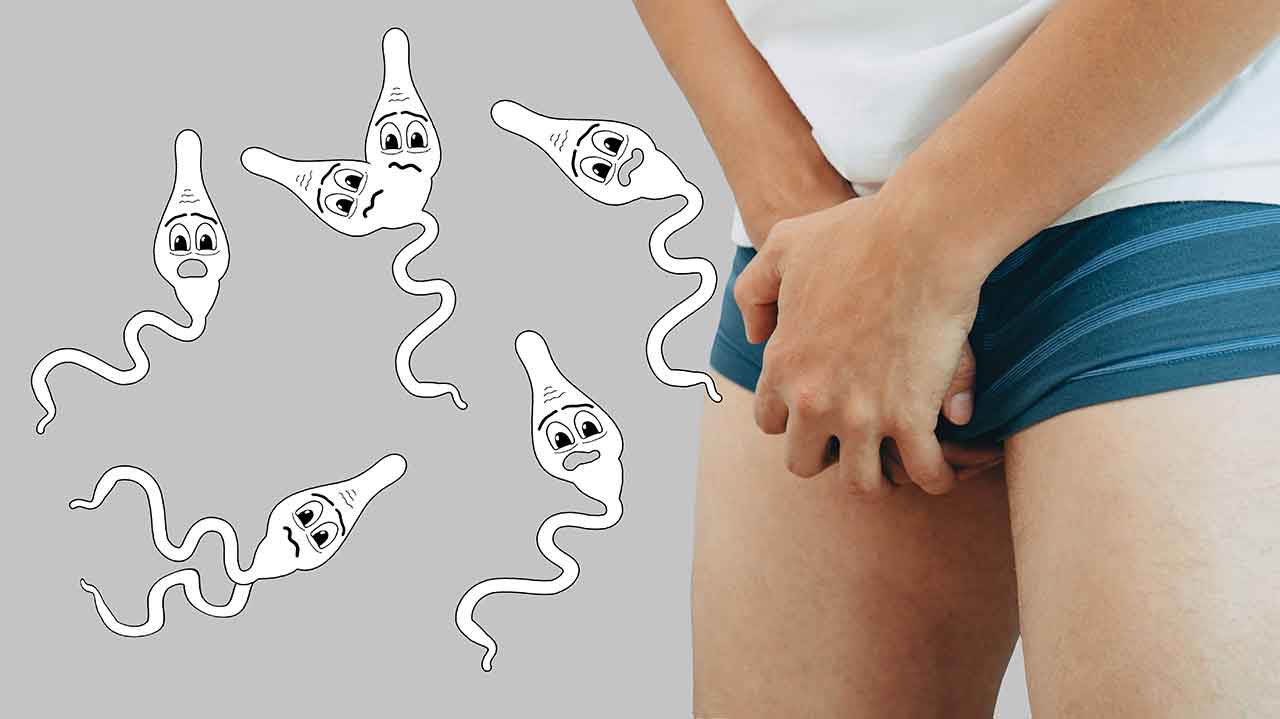
What is torsion of the testicles? Is it possible for men to lose their testicles and does this result in infertility? When a testicle rotates in the scrotum and bends the spermatic cord, it causes testicular torsion, which stops the blood flow to and from the damaged testicle. Experts discuss the causes, potential therapies, and prevalence of the condition.
Persistent pain in men is never a good sign, especially when it concerns the testicles. One condition to be particularly aware of is testicular torsion.
This condition might sound familiar if you’ve recently read about the teenager who lost a testicle due to misdiagnosis and delayed treatment. The young patient initially visited a doctor for “pain in his left abdomen that had started from his left testis” and “increased bowel movement with watery stools.”
He was misdiagnosed with stomach-related issues and prescribed antibiotics for the pain and inflammation in his scrotum. However, the boy’s condition worsened despite repeated visits to the same doctor. Eventually, he had to undergo surgery to remove the affected testicle.

WHAT IS TESTICULAR TORSION?
Each testis or testicle is connected to the spermatic cord, a cord-like structure that contains blood and lymph vessels, nerves, and the vas deferens—a coiled tube that carries sperm out of the testis to the penis during ejaculation.
Testicular torsion occurs when the testicle rotates in the scrotum and twists the spermatic cord, cutting off the blood supply to and from the affected testicle, according to Dr. Edwin Jonathan Aslim, a consultant with Singapore General Hospital’s Department of Urology.
“This can result in infarction (tissue death due to inadequate blood supply) of the affected testis if the arterial blood supply is not restored,” said Dr. Lim Yong Wei, a consultant from the Department of Urology at Sengkang General Hospital.
The repercussions aren’t pleasant. There will be a sudden onset of pain over a few hours, Dr. Lim explained, and this pain is “out of proportion to any injury suffered by the individual.” However, there is usually no sign of fever or urinary problems, he added.
The affected testicle may also be positioned higher than the other and lie horizontally in the swollen scrotum, according to Dr. Chong Weiliang, a consultant with the National University Hospital’s Department of Urology. Other symptoms may include nausea and vomiting.
HOW COMMON IS IT AND ARE YOU LIKELY TO DEVELOP THE CONDITION?
Testicular torsion can occur at any age, said Dr. Aslim, but it is most commonly seen in two age groups: during infancy and between 12 and 18 years old. “In adults, we occasionally see these cases in young men presenting to the emergency department, perhaps fewer than five per year,” said Dr. Aslim. While there hasn’t been any local data on testicular torsion cases, the incidence rate could run between 3.5 and 15 per 100,000 males below the age of 25, according to studies done in Asian countries such as South Korea, Taiwan, and Japan, Dr. Aslim noted.
Dr. Lim’s department has attended to close to 20 cases of testicular torsion in the last two years. “Five of these cases required the removal of the affected testis,” he said. Testicular torsion usually affects one testis at a time, and it’s often the left testicle, he added, citing a 1998 paper on 670 patients in the UK.
Dr. Chong also mentioned that testicular torsion cases are “relatively uncommon,” estimating about one or two cases per month. “From historical data, patients with such a predisposition would have mostly presented by the age of 25, though outliers can present later.”
“One big factor,” he continued, “which predisposes patients to testicular torsion is the laxity of the attachments between the testis and the surrounding scrotal walls.” This laxity allows the testis to move more than usual and can affect both testes.
This laxity is likely due to Bell-Clapper deformity, “a developmental anomaly affecting the tissue layers enveloping or wrapping the testes,” explained Dr. Aslim. As a result, the testes are “not properly anchored in place, making them prone to loosely twist and turn within the scrotum.”
“Bell-Clapper deformity often affects both testicles, with rates as high as 100 per cent in some studies,” said Dr. Aslim, adding that the condition tends to run in families.




